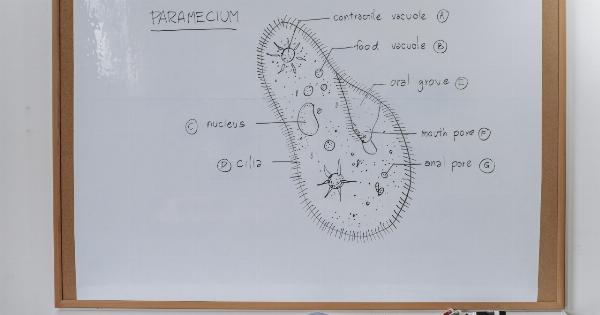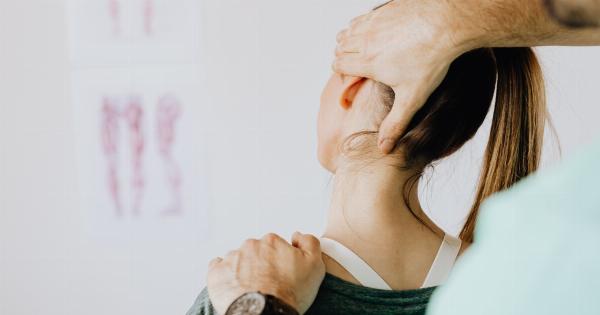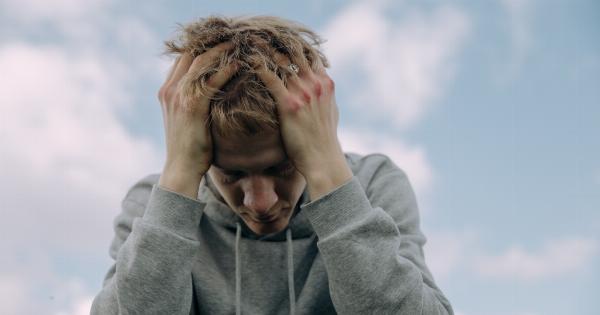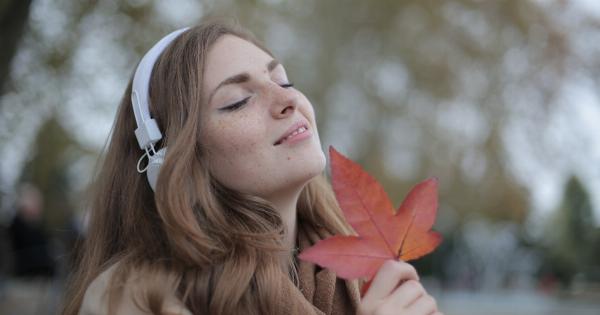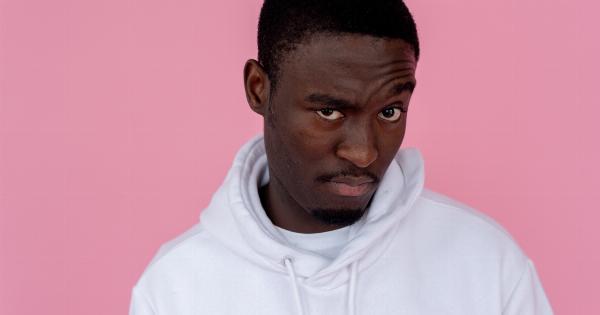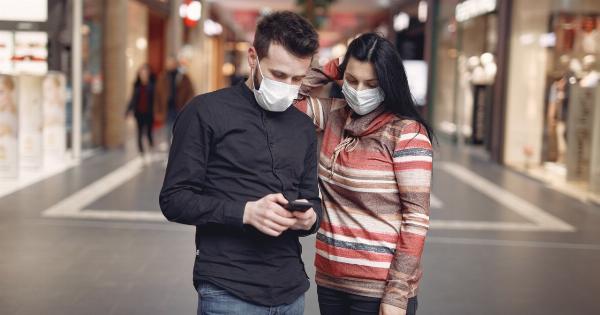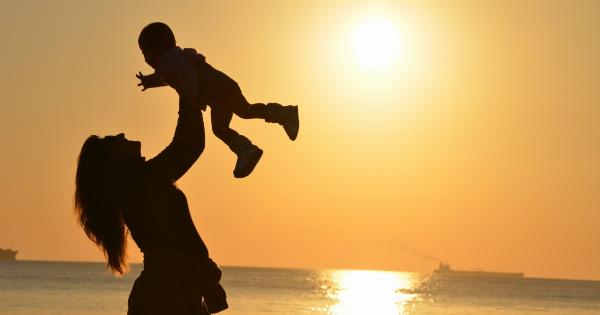As a parent, you always want to protect your child from harm. However, accidents can happen anytime and anywhere. When your child has a head injury, it can be a frightening experience.
Head injuries can cause serious damage to the brain and lead to long-term effects if not handled properly. In this article, we will take a look at what to do when your child has a head injury.
Recognize the Symptoms of Head Injury
One of the first things you need to do when your child has a head injury is to recognize the symptoms. These symptoms can vary depending on the severity of the injury and can include:.
- Headaches
- Nausea and vomiting
- Dizziness or loss of balance
- Confusion or disorientation
- Loss of consciousness
- Seizures
- Difficulty speaking or slurred speech
- Blurred vision
- Unequal pupil size
- Weakness or numbness in limbs
If you notice any of these symptoms, seek medical help immediately. It is always better to err on the side of caution when it comes to head injuries.
First Aid for Head Injuries
The following steps can be taken as first aid for head injuries:.
Step 1: Stay Calm
When your child has a head injury, it is normal to feel panicked or frightened. However, it is important to stay calm and assess the situation. Take a deep breath, and focus on what needs to be done to care for your child.
Step 2: Check for Consciousness
Check if your child is conscious or not. If your child is unconscious, call for an ambulance immediately. If your child is conscious, move on to the next step.
Step 3: Control Bleeding
If there is bleeding, use a clean cloth to apply pressure to the wound until the bleeding stops. Do not remove any objects lodged in the wound, and do not clean the wound excessively.
Step 4: Keep the Head Elevated
Elevate your child’s head to reduce swelling and help relieve pain. Place a pillow or rolled-up towel under the child’s head, but do not move the neck or head.
Step 5: Apply Ice
Apply a cold compress to the injured area for 15 to 20 minutes at a time, several times a day. This will help reduce swelling and pain. Do not apply ice directly to the skin, as it can cause frostbite.
Step 6: Monitor the Child’s Condition
Watch your child closely for any changes in symptoms, such as dizziness or slurred speech. Be prepared to seek medical attention if necessary.
When to Seek Medical Attention
While first aid can be helpful in treating head injuries, it is always best to get your child checked by a medical professional. Seek medical attention immediately if any of the following occur:.
- Loss of consciousness for more than a minute
- Vomiting repeatedly
- Seizure
- Weakness or numbness in the limbs
- Difficulty speaking or slurred speech
- Unusual behavior or confusion
- Unequal pupil size
- Difficulty waking up
- Headache that worsens over time
- Clear fluid draining from nose or ears
- Bruising behind the ears or eyes
- Body looks scared including abnormality on hands and legs
Prevention is Better than Cure
While head injuries cannot always be prevented, there are some steps you can take to reduce the risk of injury:.
- Make sure your child wears a helmet when cycling, skateboarding, or playing contact sports
- Organize child’s playing area and ensure that it is free from potential hazards such as sharp corners or surfaces and glass objects
- Install window guards to prevent falls from windows
- Install child safety gates to prevent fall from stairs
Conclusion
A head injury in a child can be a frightening experience for parents, but recognizing the symptoms and taking proper first aid steps can significantly reduce the risk of long-term damage.
If in doubt, it is always best to seek medical attention to ensure your child’s safety and well-being. Take precautions to prevent head injuries where possible, and always encourage your child to play safely.



